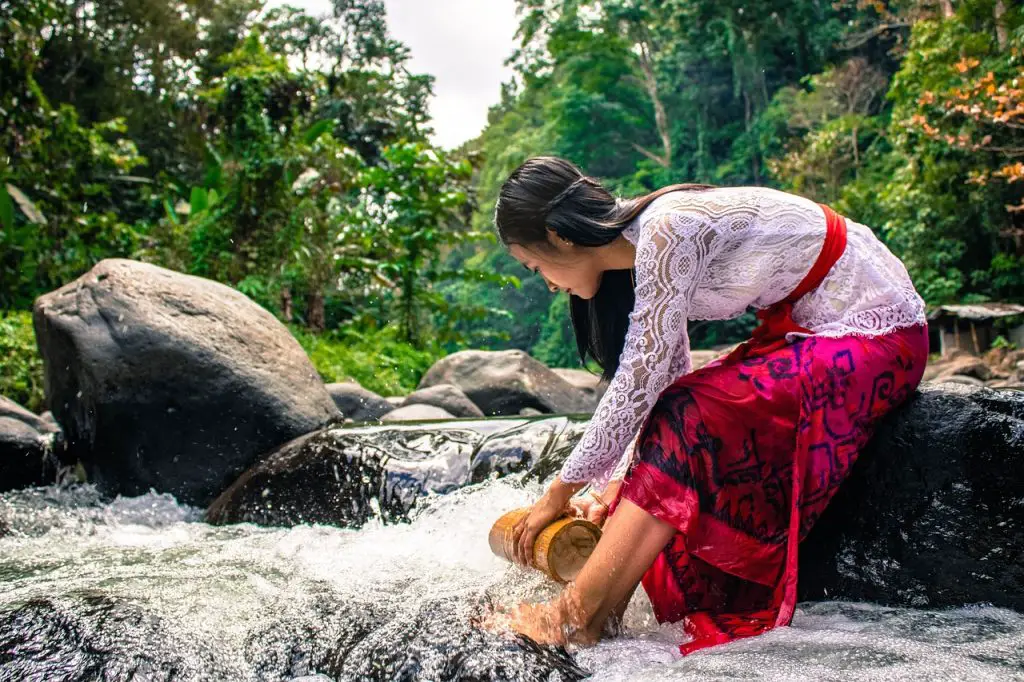Bali, known as the “Island of the Gods,” has long been a magnet for tourists seeking sun, sand, and spirituality. While the island’s natural beauty and cultural richness have drawn visitors for decades, a new wave of wellness tourism is emerging—one that embraces the ancient wisdom of traditional healing plants. In this article, we will explore the fascinating world of Balinese wellness tourism and how it is increasingly incorporating traditional healing plants to offer visitors unique and holistic experiences.
The Rise of Wellness Tourism in Bali
Bali’s reputation as a wellness destination has grown steadily in recent years. Visitors come seeking relaxation, rejuvenation, and a break from the hustle and bustle of their daily lives. The island’s lush landscapes, tranquil beaches, and vibrant culture create an ideal backdrop for wellness seekers. Yoga retreats, meditation centers, and spa resorts have flourished, catering to those in search of physical and spiritual well-being.
The Appeal of Balinese Wellness Tourism
Natural Beauty: Bali’s stunning natural scenery, including rice terraces, volcanic mountains, and pristine beaches, captivates travelers seeking tranquility and connection with nature.
Cultural Richness: Bali’s deep-rooted spiritual and cultural traditions, such as Hinduism and Balinese dance and music, contribute to its allure as a wellness destination.
Wellness Offerings: The island boasts a wide range of wellness facilities, including yoga studios, wellness retreats, and luxury spas.
Traditional Healing Plants in Balinese Culture
Bali’s traditional culture has always revered the healing properties of plants. Balinese traditional medicine, known as “Usada,” incorporates a vast array of herbs and plants to treat various ailments and promote well-being. These plants have been used for centuries, passed down through generations, and continue to be an integral part of Balinese life.
A. Traditional Healing Knowledge
Traditional Healers: Balinese traditional healers, or “balian,” possess deep knowledge of local plants and their therapeutic properties.
Holistic Approach: Traditional healing in Bali encompasses physical, mental, and spiritual aspects of well-being, aligning with the principles of holistic wellness.
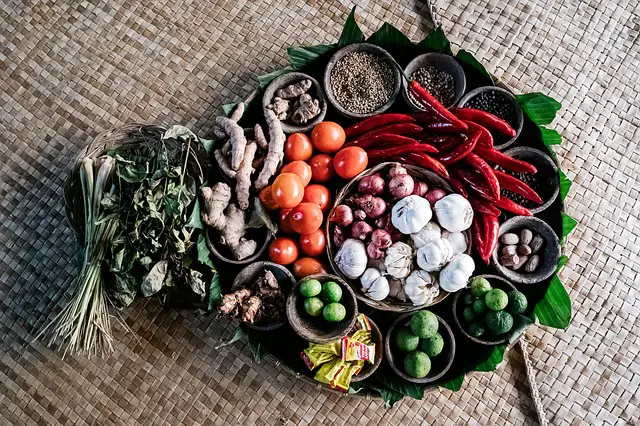
Prominent Healing Plants
Jamu: A traditional herbal concoction made from a combination of plants like turmeric, ginger, and tamarind, jamu is known for its detoxifying and healing properties.
Balinese Herbal Remedies: Specific plants, such as galangal, turmeric, and ginger, are commonly used in Balinese traditional medicine to address various health concerns.
Traditional Healing Plant Experiences for Tourists
Recognizing the cultural and wellness potential of traditional healing plants, Bali’s tourism industry is now offering unique experiences that allow visitors to engage with these natural remedies.
A. Herbal Workshops
Hands-on Learning: Tourists can participate in herbal workshops where they learn about the cultivation, preparation, and use of traditional healing plants.
Crafting Balinese Remedies: Visitors have the opportunity to create their own herbal remedies under the guidance of knowledgeable instructors.
Herb Gardens and Tours
Exploring Herb Gardens: Several resorts and wellness centers in Bali maintain herb gardens where tourists can stroll and learn about the plants used in traditional medicine.
Guided Herb Tours: Knowledgeable guides lead tours through lush gardens, offering insights into the healing properties of various plants.
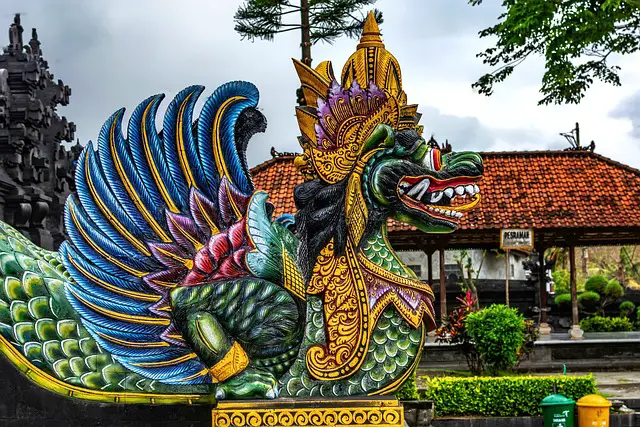
Traditional Healing Rituals
Healing Ceremonies: Visitors can participate in traditional healing ceremonies led by balians, which often involve the use of healing plants, incense, and prayers.
Balinese Spa Experiences: Many spas in Bali incorporate traditional healing plant-based treatments into their wellness packages.
The Science Behind Traditional Healing Plants
While traditional healing practices in Bali have been passed down through generations, modern science is increasingly exploring the medicinal properties of these traditional healing plants.
Scientific Research
Medicinal Potentials: Researchers are studying the therapeutic benefits of Balinese healing plants, such as their anti-inflammatory, antioxidant, and immune-boosting properties.
Ethnobotanical Studies: Ethnobotanists are documenting traditional knowledge and practices related to healing plants in Bali.
Integrating Science and Tradition
Collaborative Efforts: Some wellness retreats in Bali collaborate with scientists to create evidence-based wellness programs that incorporate traditional healing plants.
Combining Tradition and Innovation: Balinese wellness practitioners are finding ways to blend traditional knowledge with modern science for a holistic approach to healing.
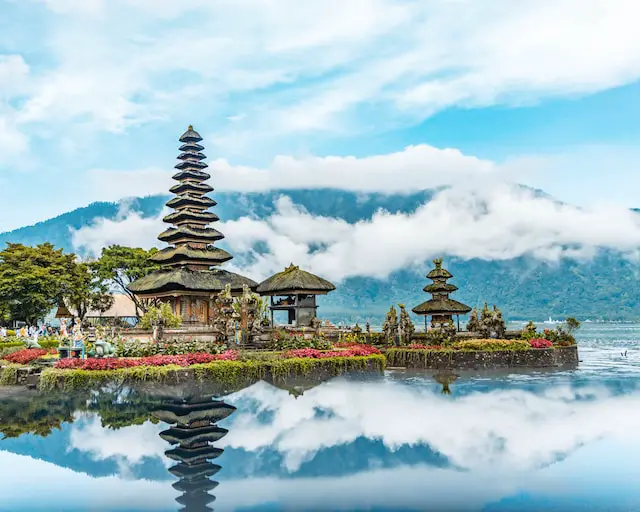
Sustainable Practices and Conservation
As the popularity of traditional healing plant experiences grows, there is a growing awareness of the need for sustainability and plant conservation.
Sustainable Farming
Organic Cultivation: Many herb gardens and farms in Bali adopt organic farming practices to ensure the purity of their healing plants.
Community Involvement: Some initiatives involve local communities in the cultivation and preservation of traditional healing plants.
Ethical Tourism
Responsible Tourism: Tour operators and resorts are promoting responsible tourism by educating visitors about the importance of preserving the environment and respecting local traditions.
Support for Conservation: Some businesses contribute a portion of their profits to conservation efforts aimed at protecting the native flora of Bali.
Bali’s evolution into a wellness destination that embraces the power of traditional healing plants is a testament to the island’s rich cultural heritage and its commitment to holistic well-being. As tourists seek more meaningful and authentic experiences, the incorporation of these healing plants into wellness tourism offerings is likely to continue to flourish. Through a combination of traditional wisdom, scientific inquiry, and sustainable practices, Bali is poised to remain a beacon of wellness for generations to come, inviting visitors to explore the healing power of its ancient plants and vibrant culture.
Future Prospects and Challenges
The future of Balinese wellness tourism, centered around traditional healing plants, appears promising, but it also faces certain challenges that need to be addressed for sustained growth.
Market Expansion
Growing Interest: The global wellness tourism market is expanding rapidly, with increasing demand for authentic and culturally rich experiences. Bali’s unique offerings align well with this trend.
Competition: As the wellness tourism sector becomes more competitive, Bali must continually innovate and differentiate itself to remain a top destination.
Authenticity and Commercialization
Balancing Act: There is a need to strike a balance between offering authentic traditional healing plant experiences and preventing over-commercialization that could dilute their cultural significance.
Responsible Tourism: Ensuring that traditional practices are respected and not commodified solely for profit is crucial to maintaining the integrity of Balinese wellness tourism.
Environmental Conservation
Preserving Biodiversity: Continued efforts are necessary to protect the native flora of Bali, which is vital for both traditional medicine and ecological balance.
Sustainable Practices: Encouraging businesses to adopt sustainable and ethical practices is essential to minimize the environmental impact of wellness tourism.
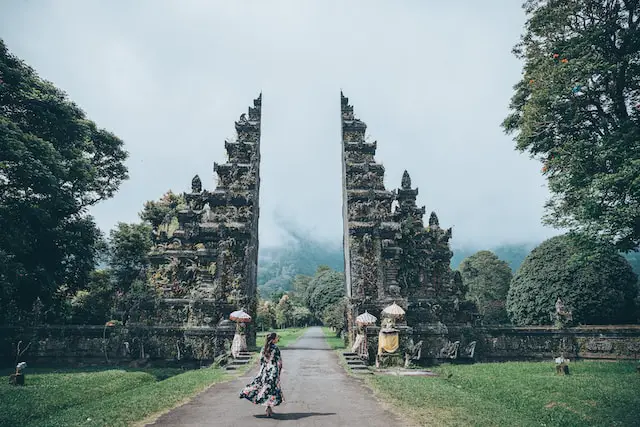
Personal Stories: Wellness Seekers’ Experiences
To provide a more intimate perspective on the integration of traditional healing plants in Balinese wellness tourism, let’s hear from a few individuals who have embarked on this transformative journey.
Susan’s Healing Retreat
Susan, a wellness enthusiast from the United States, shares her profound experience at a Balinese healing retreat. She talks about the transformative power of traditional healing plants and how they helped her achieve mental and emotional balance.
Michael’s Herbal Workshop
Michael, a traveler with a keen interest in holistic health, describes his participation in a herbal workshop on the island. He reflects on the knowledge he gained and how he has incorporated Balinese healing plants into his daily life.
Maria’s Cultural Immersion
Maria, an anthropologist, discusses her research on the intersection of traditional healing practices and tourism in Bali. She sheds light on the importance of respecting local culture while promoting wellness tourism.
IX. Conclusion
Balinese wellness tourism, with its embrace of traditional healing plants, offers a unique blend of culture, nature, and holistic well-being. As the world increasingly seeks meaningful and transformative experiences, Bali’s incorporation of ancient healing wisdom into its wellness offerings continues to resonate with travelers from around the globe.
While challenges like commercialization and environmental conservation remain, the island’s commitment to preserving its cultural heritage and natural resources bodes well for the future. By fostering a harmonious relationship between tradition, innovation, and sustainability, Bali can continue to shine as a beacon of wellness, inviting visitors to explore the profound healing power of its traditional plants and vibrant culture. Balinese wellness tourism is not just a trend; it’s a journey of self-discovery and holistic rejuvenation that promises to leave a lasting impact on all who venture to this enchanting island.
